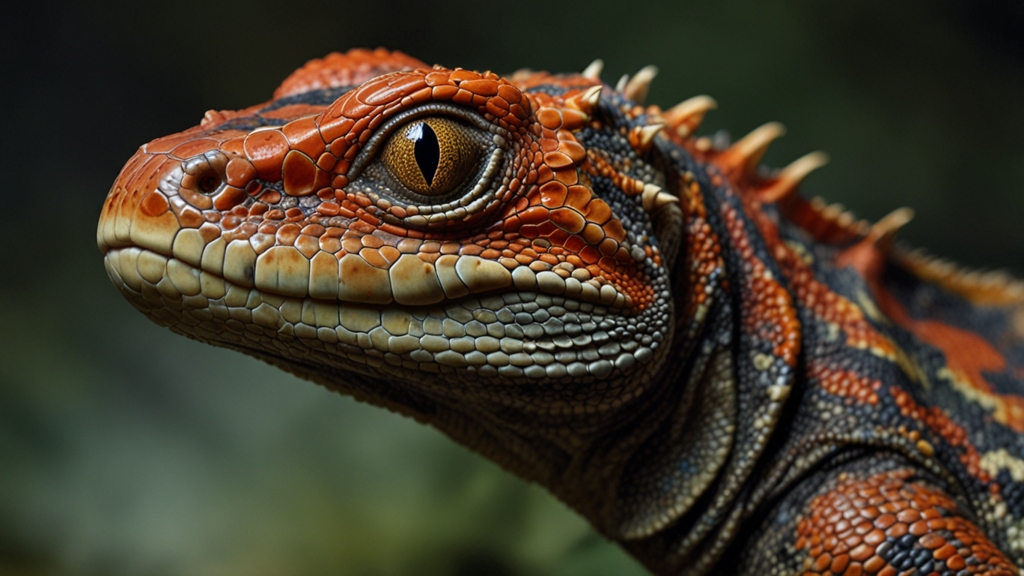Hunting for Answers: The Threat of Poaching to Endangered Species
Poaching has long been one of the most significant threats to wildlife across the globe. As the illegal hunting of animals persists, many species face the imminent risk of extinction. This article delves into the critical issue of poaching, its impact on endangered species, and the urgent need for global action to combat this menace.
The Gravity of the Threat
According to the International Union for Conservation of Nature (IUCN), poaching is a primary driver of the decline in population numbers for numerous endangered species. The African elephant, for instance, has seen a dramatic drop in its numbers due to persistent ivory poaching.
"Poaching is not just a threat to wildlife; it undermines conservation efforts and destabilizes ecosystems. The ripple effects of losing key species can be profound and far-reaching."
Rhinos, tigers, and various other animals have similarly been targeted for body parts that fetch high prices on the black market. The tragedy extends beyond individual species; it affects biodiversity and the health of entire ecosystems.
Understanding the Motivations
Various factors drive the illegal trade in wildlife products. High demand for traditional medicines, luxury goods, and exotic pets fuels the lucrative poaching industry. Economic hardships in many parts of the world also lead some individuals to poaching as a means of livelihood.
The demand-supply chain is often controlled by sophisticated networks, making it difficult to intercept and dismantle. This organized crime aspect requires a concerted effort not just at the national level but globally.
Consequences for Ecosystems
The repercussions of poaching extend far beyond the decimation of individual species. Many animals, particularly apex predators and keystone species, play pivotal roles in maintaining ecological balance. The loss of such species can trigger a domino effect, resulting in unforeseen consequences for the entire ecosystem.
"Healthy ecosystems rely on the presence of diverse species. When we lose a species, especially a keystone species, the ecological impact can be catastrophic."
For example, in regions where apex predators like tigers and lions are poached, there may be an overpopulation of herbivores. This imbalance can lead to overgrazing and the subsequent degradation of vegetation, affecting soil quality and water resources.
Efforts and Solutions
Various conservation organizations and governments have initiated measures to combat poaching. Anti-poaching units, wildlife reserves, and stricter legislation are steps in the right direction. However, the battle is far from over.
Raising awareness is crucial. Educating local communities about alternative livelihoods and the importance of preserving wildlife can make a significant difference. International cooperation and stringent enforcement of wildlife protection laws are imperative.
"Combating poaching requires a multi-faceted approach, from grassroots community involvement to high-stakes international collaborations."
The Road Ahead
While we have made some progress, much more needs to be done to halt the rampant poaching affecting endangered species. The survival of these animals depends on the collective efforts of humanity. It is not just an environmental issue but a moral and ethical one as well.
If we are to preserve the planet’s biodiversity and maintain ecological integrity, efforts to combat poaching must be intensified. The onus is on each one of us to contribute to this vital cause, for the sake of today’s wildlife and for generations to come.







